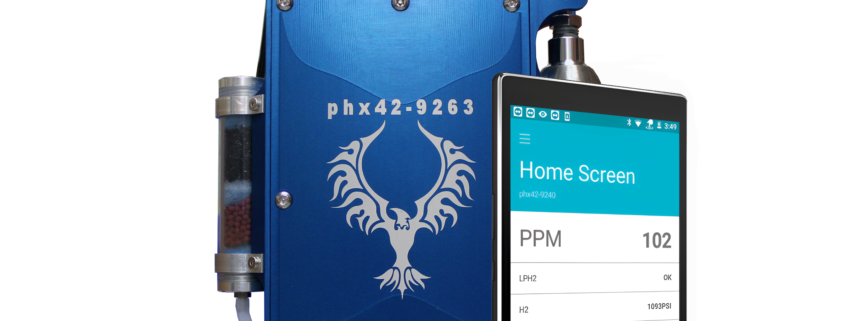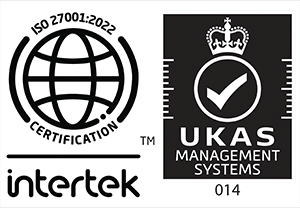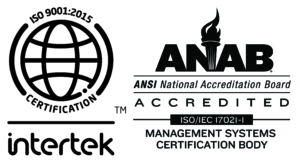Portable FID (Flame Ionization Detector), also commonly known as Toxic Vapor Analyzer or TVA*, technology has evolved significantly, and when it comes to choosing the right equipment for Leak Detection and Repair (LDAR), it’s crucial to make an informed decision. Today, we’re comparing two leading portable FIDs: the phx42 and the TVA 2020, to see why the phx42 emerges as the superior choice.
*This is a misnomer, but also a term the industry has accepted to describe portable FIDs.
Lighter and More Compact
For professionals regularly using a portable FID, the weight and size of the device are critical. The phx42 weighs a mere 7.25lbs (3.29kg), making it significantly lighter than the TVA 2020, which weighs 9.4lbs (4.26kg). This difference is not just about comfort; it’s about reducing fatigue during long hours of fieldwork. The phx42’s compact dimensions (10 x 2.16 x 7.5 inches or 25.4 x 5.5 x 19 cm) also make it more manageable in confined spaces, a common challenge in field operations.
Rugged Build and Advanced Features
In the demanding environments where portable FIDs are used, durability is non-negotiable. The phx42’s aluminum case stands out against the TVA 2020’s plastic construction, promising better resilience against the rigors of fieldwork. Moreover, the phx42 comes standard with Bluetooth connectivity, a feature that costs extra with the TVA 2020. This modern necessity enhances data transmission efficiency and aligns with current EPA Consent Decrees.
Enhanced Performance and Adaptability
Performance-wise, the phx42 offers a wider detection range of 0-100,000 ppm compared to the TVA 2020’s 0-50,000 ppm. This broader range allows for more precise and varied measurements. Both devices offer a 10-hour run time, but the phx42 facilitates continuous monitoring, a critical feature for comprehensive area assessments. It also boasts automatic temperature compensation for extreme cold, a feature requiring manual intervention in the TVA 2020.
Ease of Maintenance and Use
The phx42 shines in its user-friendly design. It features quicker hydrogen refill times (~15 seconds), an important factor in maintaining operational efficiency. The device also conducts self-checks for machine health, reducing the likelihood of field breakdowns. Additionally, the phx42’s automated shutdown sequence to prevent internal moisture accumulation is a thoughtful feature that prolongs device life.
Cost-Effective Maintenance
Cost is a crucial factor in equipment selection, and the phx42 offers significant savings in maintenance and replacement parts. Components like the pump, battery, and charger are more affordable compared to those for the TVA 2020, reducing the total cost of ownership over time.
Conclusion
When evaluating the phx42 against the TVA 2020 for your portable FID needs, the phx42 stands out for its lighter weight, robust construction, advanced features, enhanced performance, ease of maintenance, and cost efficiency. These factors make the phx42 not just a tool, but a reliable partner in the demanding field of LDAR.
For LDAR professionals seeking a portable FID that combines performance, durability, and operational efficiency, the phx42 is an unmatched choice.





